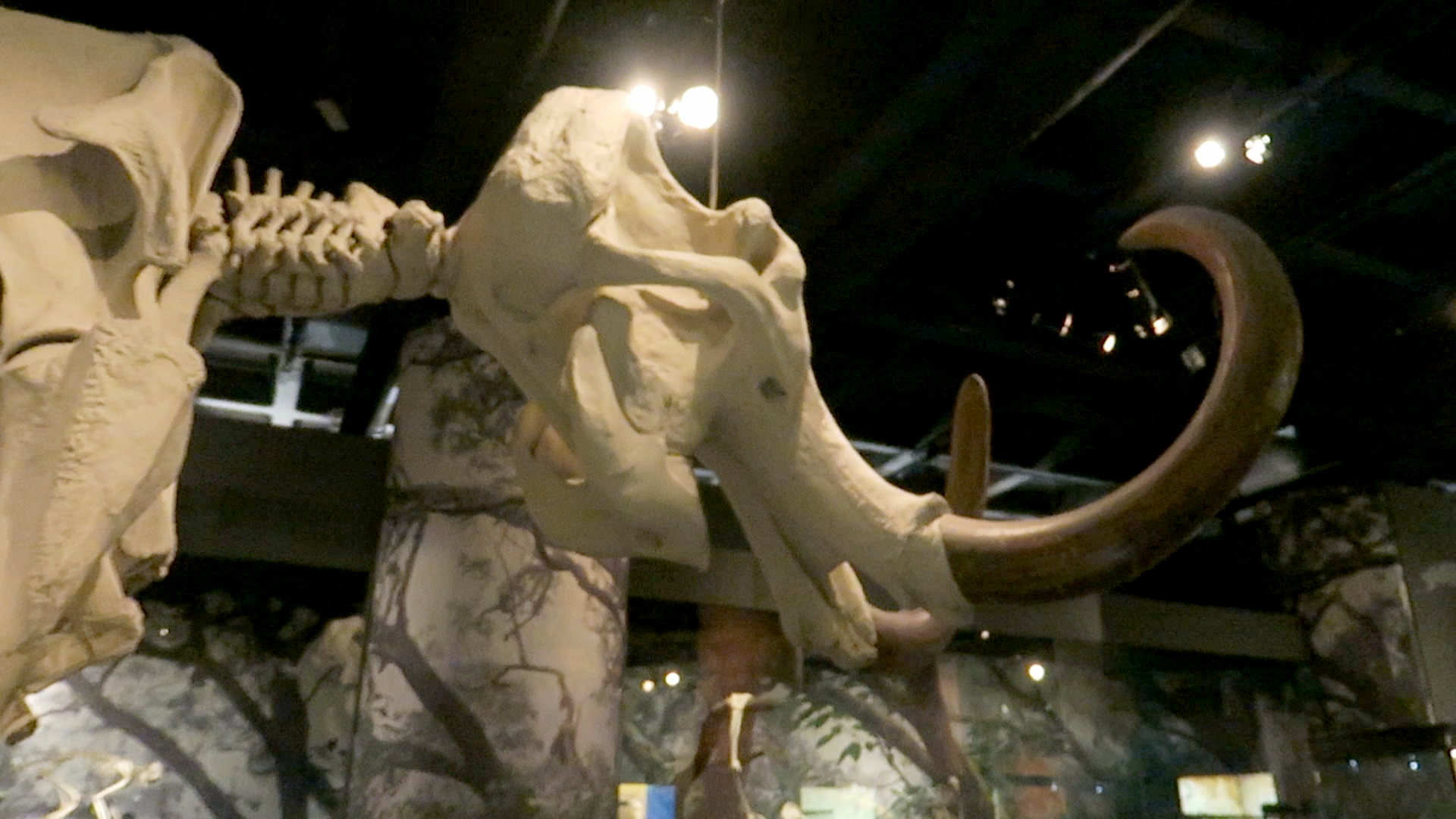VIDEO: The mammoth lives on, underground

Toward the end of the Pleistocene era, the woolly mammoth was a dwindling source of food and material for the people of the northern hemisphere. But 10,000 years after their extinction, the beast’s influence continues.
In this video, KTH researcher Dmitry Arzyutov discusses his recently-published scientific article which examines how researchers and indigenous communities alike searched for and understood the mammoth in the Siberian Arctic, before and during the Cold War.
Often exhumed from the permafrost, mammoth corpses can be found nearly intact, he says. Their frozen meat is sometimes eaten by dogs and wild animals, thousands of years after the mammoth’s extinction. For indigenous societies, this flesh-and-blood immediacy has had the effect of compressing time, he says.
“From time to time, the indigenous people in the Arctic come across extinct animals in the permafrost, like the mammoth. They find the full corpses, full of meat, blood and bones,” says Arzyutov, himself a native of Siberia. “Of course their immediate reaction is, ‘OK, this is a living animal – but living under the ground.’”
In fact, he says, the very term, “mammoth”, originates from the Finno-Urgic family of languages and means “mole”.
Mammoth meat still is a nutritious source of protein for dogs, but for humans it is a different story.
“When frying the mammoth meat, it becomes a strange liquid, as a result of the decomposition of the meat. Over the course of time, it becomes a special type of fat – adipocere,” he says.
Arzyutov’s research is part of the international project, Greening the Poles, an historical study of the management of the Arctic and Antarctic environments.
David Callahan
Dmitry V. Arzyutov
